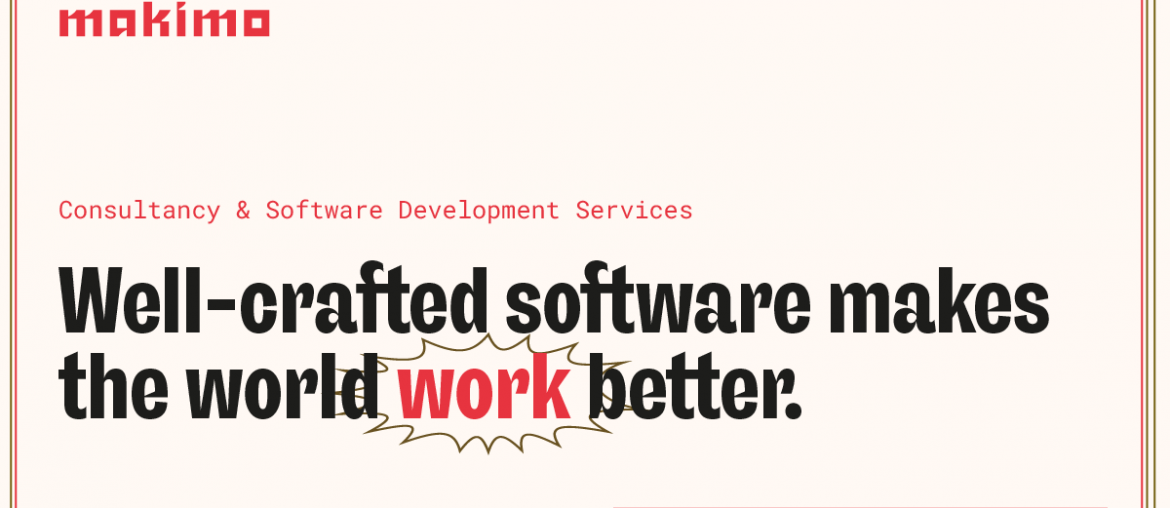Legacy system modernization
Prepare your system for the next 10 years of operation.
“Can we postpone modernization for the next year?”
With Makimo, such questions won’t remain unanswered.
There are five paths to legacy systems.
- Misaligned goals: A legacy system can emerge due to misaligned business goals and feature creep when incremental additions or changes to the system, driven by fluctuating business objectives, lead to a progressively more complex system without an overarching plan.
- Lost knowledge: As employees leave an organization, valuable knowledge about the system’s operations, design, and underlying logic can be lost. When this lost knowledge is not properly documented or transferred to new staff, organizations can be left with a legacy system whose workings are not fully understood.
- Inconsistency: In an organization without standardization or guidelines for technology use and development style, various teams may use different technologies, programming languages, or development methodologies to implement different system parts.
- Technologies of the past: A system can also become a legacy system if it is built using programming languages, support software, or hardware technologies that are now outdated or no longer supported.
- Bounded by physical limits: Legacy systems can also emerge due to being bound by physical limits and complexity. For instance, a system might have been designed when storage and processing resources were much more limited than they are today.
Delivered
We focus on
We can recommend Makimo as a trustworthy software vendor.
We’ve had a longstanding relationship with them because they’re an excellent partner.
(…) the quality of code delivered by Makimo is very high.
Makimo delivered a rapid, creative solution to our problem, on-time and under-budget.
Makimo have done several projects for us and we are delighted with the results.
You can trust us to solve the right problems with the right tools.
Our strength comes from a careful act of balancing quality with delivery time, depending on your business goals and needs.






